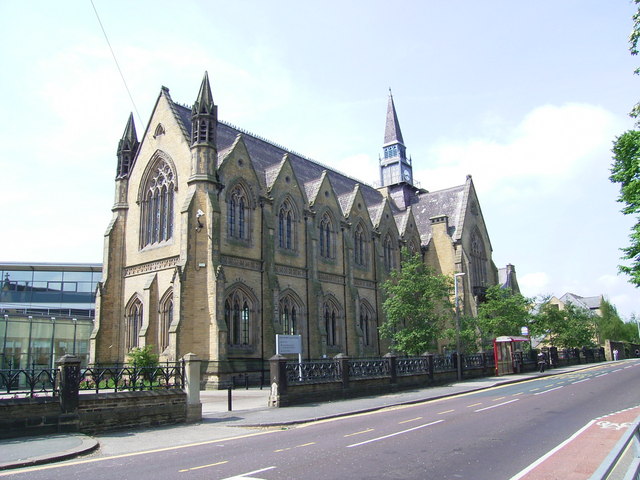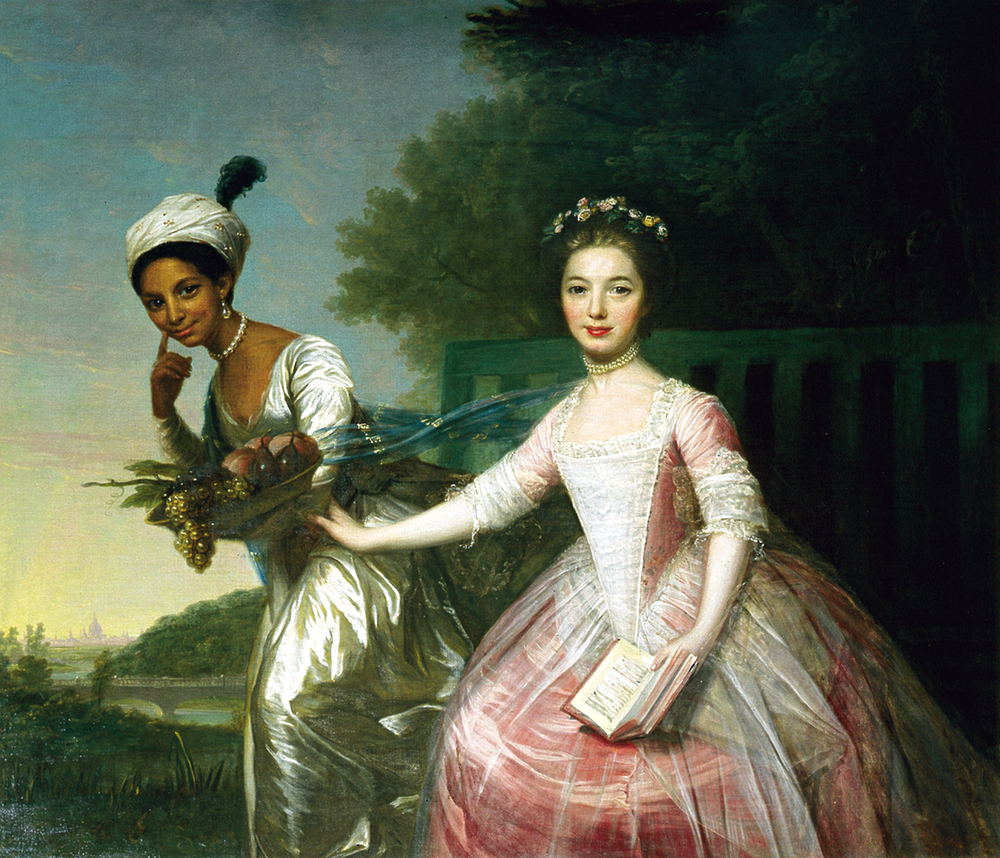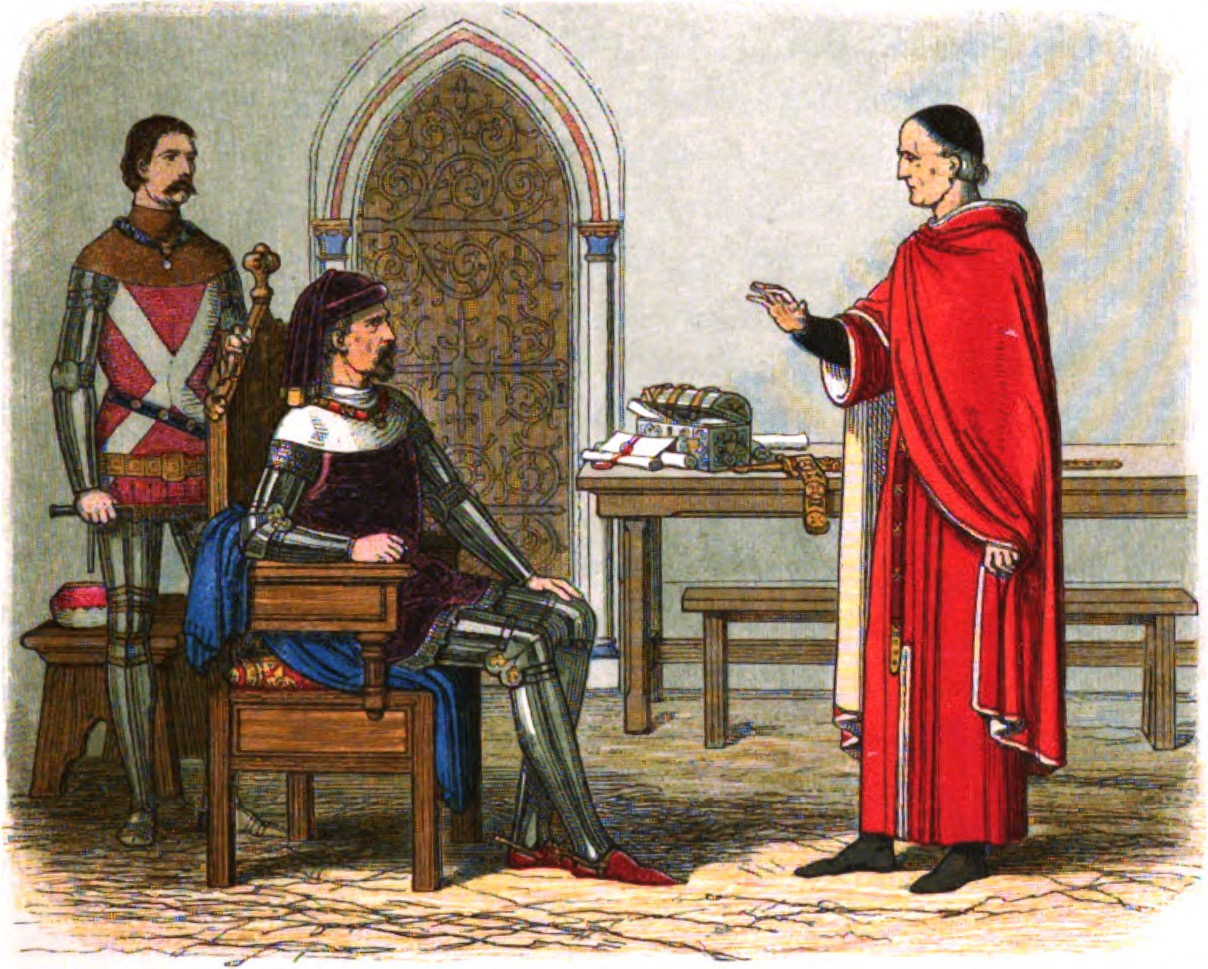|
Thomas Denison
Sir Thomas Denison (1699 – 8 September 1765) was a British judge. Born in Leeds, a city in West Yorkshire, England). Denison's father William was a clothier described as "an opulent merchant at Leeds".Edward Foss, ''The Judges of England, With Sketches of Their Lives'' (1864), Volume 8, p. 266-268. Denison, the younger of two sons, was educated at the Leeds Grammar School, and entered the Inner Temple in 1718 to receive his legal education; he was thereafter called to the bar.Richard Vickerman Taylor, ''The Biographia Leodiensis: Or, Biographical Sketches of the Worthies of Leeds and Neighbourhood'' (1865), p.169-170. He was successful as a lawyer, and in December 1741, he was appointed to succeed Sir Francis Page on the Court of the King's Bench, taking office on 16 February 1742. He served in that capacity for over twenty-three years, under chief justices, Sir William Lee, Sir Dudley Ryder, and Lord Mansfield, resigning on 14 February 1765 on the account of poor health and f ... [...More Info...] [...Related Items...] OR: [Wikipedia] [Google] [Baidu] |
Judge
A judge is a person who presides over court proceedings, either alone or as a part of a panel of judges. A judge hears all the witnesses and any other evidence presented by the barristers or solicitors of the case, assesses the credibility and arguments of the parties, and then issues a ruling in the case based on their interpretation of the law and their own personal judgment. A judge is expected to conduct the trial impartially and, typically, in an open court. The powers, functions, method of appointment, discipline, and training of judges vary widely across different jurisdictions. In some jurisdictions, the judge's powers may be shared with a jury. In inquisitorial systems of criminal investigation, a judge might also be an examining magistrate. The presiding judge ensures that all court proceedings are lawful and orderly. Powers and functions The ultimate task of a judge is to settle a legal dispute in a final and publicly lawful manner in agreement with substantial p ... [...More Info...] [...Related Items...] OR: [Wikipedia] [Google] [Baidu] |
Leeds
Leeds () is a city and the administrative centre of the City of Leeds district in West Yorkshire, England. It is built around the River Aire and is in the eastern foothills of the Pennines. It is also the third-largest settlement (by population) in England, after London and Birmingham. The city was a small manorial borough in the 13th century and a market town in the 16th century. It expanded by becoming a major production centre, including of carbonated water where it was invented in the 1760s, and trading centre (mainly with wool) for the 17th and 18th centuries. It was a major mill town during the Industrial Revolution. It was also known for its flax industry, iron foundries, engineering and printing, as well as shopping, with several surviving Victorian era arcades, such as Kirkgate Market. City status was awarded in 1893, a populous urban centre formed in the following century which absorbed surrounding villages and overtook the nearby York population. It is locate ... [...More Info...] [...Related Items...] OR: [Wikipedia] [Google] [Baidu] |
Leeds Grammar School
Leeds Grammar School was an independent school founded 1552 in Leeds, West Yorkshire, England. Originally a male-only school, in August 2005 it merged with Leeds Girls' High School to form The Grammar School at Leeds. The two schools physically united in September 2008. The school was founded in 1552 by William Sheafield to provide free, subsidised or fee-paying education to the children of the City of Leeds. Despite 1552 being the traditional date for the foundation of the school, there is some evidence to suggest that the school existed as early as 1341. In 1805, the school was the subject of a ruling by John Scott, 1st Earl of Eldon, Lord Eldon that set a precedent affecting grammar schools in the United Kingdom, grammar schools throughout England. History Leeds Grammar School was founded in 1552, following the death of the Reverend William Sheafield in July of that year. Sheafield left £14 13s. 4d. in his will to maintain a schoolmaster "to teach and instruct fre ... [...More Info...] [...Related Items...] OR: [Wikipedia] [Google] [Baidu] |
Francis Page (judge)
Sir Francis Page (1661 – 19 December 1741) was an English judge and politician who sat in the House of Commons from 1708 to 1713. Page was the son of Nicholas Page, vicar of Bloxham, Oxfordshire from 1663 to 1696. He entered Inner Temple in 1685 and was called to the bar in 1690. He married Isabella White of Greenwich, Kent on 18 December 1690. In 1704 he became Serjeant-at-law. He made a second marriage to Frances Wheate daughter of Sir Thomas Wheate, 1st Baronet on 11 October 1705. Page was a trustee for the estates of the 3rd Earl of Sandwich, and so had access to the Montagu interest at Huntingdon. He was returned as Member of Parliament for Huntingdon in the 1708 general election. He was classed as a Whig, but there is some confusion between his activities and those of another Page in the House of Commons. He stood down at the 1713 general election in favour of Lord Hinchingbrooke who had now attained his majority. He does not appear to have sought an alternative seat th ... [...More Info...] [...Related Items...] OR: [Wikipedia] [Google] [Baidu] |
Court Of King's Bench (England)
The Court of King's Bench, formally known as The Court of the King Before the King Himself, was a court of common law in the English legal system. Created in the late 12th to early 13th century from the '' curia regis'', the King's Bench initially followed the monarch on his travels. The King's Bench finally joined the Court of Common Pleas and Exchequer of Pleas in Westminster Hall in 1318, making its last travels in 1421. The King's Bench was merged into the High Court of Justice by the Supreme Court of Judicature Act 1873, after which point the King's Bench was a division within the High Court. The King's Bench was staffed by one Chief Justice (now the Lord Chief Justice of England and Wales) and usually three Puisne Justices. In the 15th and 16th centuries, the King's Bench's jurisdiction and caseload was significantly challenged by the rise of the Court of Chancery and equitable doctrines as one of the two principal common law courts along with the Common Pleas. To recov ... [...More Info...] [...Related Items...] OR: [Wikipedia] [Google] [Baidu] |
William Lee (English Judge)
Sir William Lee (2 August 16888 April 1754) was a British jurist and politician. Life He was the second son of Sir Thomas Lee, 2nd Baronet. He matriculated at Wadham College, Oxford in 1704, shortly after entering the Middle Temple; he did not take a degree, but was called to the bar in 1710. Member of Parliament for Wycombe from 1727 until 1730, he gave up the seat when he became a Justice of the King's Bench. Lee was Lord Chief Justice of England and Wales from 8 June 1737 until his sudden death in 1754. He was appointed formally as Chancellor of the Exchequer as a temporary expedient on 8 March 1754, when Henry Pelham died, with his brother Sir George Lee as Under Treasurer of the Exchequer, until 6 April, his own death. Lord Campbell noted that Lee "certainly stood up for the rights of woman more strenuously than any English judge before or since his time". Notes References *J. C. D. Clark Jonathan Charles Douglas Clark (born 28 February 1951) is a British h ... [...More Info...] [...Related Items...] OR: [Wikipedia] [Google] [Baidu] |
Dudley Ryder (judge)
Sir Dudley Ryder (4 November 1691 – 25 May 1756), of Tooting Surrey, was a British lawyer, diarist and politician, who sat in the House of Commons from 1733 until 1754 when he was appointed Chief Justice of the King's Bench. Early life Ryder was the second son of Richard Ryder, a draper of Hackney, Middlesex, and his second wife Elizabeth Marshall, daughter of William Marshall of Lincoln's Inn. He studied at a dissenting academy in Hackney and the University of Edinburgh, Scotland and Leiden University in The Netherlands. He went to the Middle Temple in 1713 (where he kept a diary from 1715–16, in which he minutely recorded “whatever occurs to me in the day worth observing”). In 1719, he was called to the Bar. He married Anne Newnham, daughter of Nathaniel Newnham of Streatham, Surrey in November 1733. Career Ryder was returned as Member of Parliament for St Germans at a by election on 1 March 1733. He was also made Solicitor General by Sir Robert Walpole i ... [...More Info...] [...Related Items...] OR: [Wikipedia] [Google] [Baidu] |
William Murray, 1st Earl Of Mansfield
William Murray, 1st Earl of Mansfield, PC, SL (2 March 170520 March 1793) was a British barrister, politician and judge noted for his reform of English law. Born to Scottish nobility, he was educated in Perth, Scotland, before moving to London at the age of 13 to take up a place at Westminster School. He was accepted into Christ Church, Oxford, in May 1723, and graduated four years later. Returning to London from Oxford, he was called to the Bar by Lincoln's Inn on 23 November 1730, and quickly gained a reputation as an excellent barrister. He became involved in politics in 1742, beginning with his election as a Member of Parliament for Boroughbridge, now in North Yorkshire, and appointment as Solicitor General. In the absence of a strong Attorney General, he became the main spokesman for the government in the House of Commons, and was noted for his "great powers of eloquence" and described as "beyond comparison the best speaker" in the House of Commons. With the promotion o ... [...More Info...] [...Related Items...] OR: [Wikipedia] [Google] [Baidu] |
Harewood, West Yorkshire
Harewood ( ) is a village, civil parish, former manor and ecclesiastical parish, in West Yorkshire, England, today in the metropolitan borough of the City of Leeds. The civil parish population at the 2011 census was 3,734. Etymology The name of Harewood is first attested in the tenth-century Rushworth Gospels manuscript, in the form ''æt Harawuda'' ('at Harewood'); it is next attested in the Domesday Book of 1086, as ''Hareuuode''. Although consideration has been given to an origin involving the Old English word ''hār'' ('grey'), commentators agree that, as the name's present-day form suggests, the name comes from the Old English words ''hara'' (' hare') and ''wudu'' ('wood'). Thus it once meant 'wood characterised by hares'. Location Harewood sits in the Harewood ward of Leeds City Council and Elmet and Rothwell parliamentary constituency. The A61 from Leeds city centre to Harrogate passes through the village. The A659 from Collingham joins the A61 outside the main ... [...More Info...] [...Related Items...] OR: [Wikipedia] [Google] [Baidu] |
Yorkshire
Yorkshire ( ; abbreviated Yorks), formally known as the County of York, is a Historic counties of England, historic county in northern England and by far the largest in the United Kingdom. Because of its large area in comparison with other English counties, functions have been undertaken over time by its subdivisions, which have also been subject to History of local government in Yorkshire, periodic reform. Throughout these changes, Yorkshire has continued to be recognised as a geographic territory and cultural region. The name is familiar and well understood across the United Kingdom and is in common use in the media and the Yorkshire Regiment, military, and also features in the titles of current areas of civil administration such as North Yorkshire, South Yorkshire, West Yorkshire and the East Riding of Yorkshire. Within the borders of the historic county of Yorkshire are large stretches of countryside, including the Yorkshire Dales, North York Moors and Peak District nationa ... [...More Info...] [...Related Items...] OR: [Wikipedia] [Google] [Baidu] |
William Gascoigne
Sir William Gascoigne (c. 135017 December 1419) was Chief Justice of England during the reign of King Henry IV. Life and work Gascoigne (alternatively spelled Gascoyne) was a descendant of an ancient Yorkshire family. He was born in Gawthorp to Sir William Gascoigne and Agnes Franke. He is said to have studied at the University of Cambridge, but his name is not found in any university or college records. According to Arthur Collins, Gascoigne was a law student at the Inner Temple. It appears from the year-books that he practised as an advocate in the reigns of Edward III and Richard II. When Henry of Lancaster was banished by Richard II, Gascoigne was appointed one of his attorneys, and soon after Henry's accession to the throne was made chief justice of the court of King's Bench. After the suppression of the rising in the north in 1405, Henry eagerly pressed the chief justice to pronounce sentence upon Richard Scrope (Archbishop of York), and the Earl Marshal Thomas Mowbr ... [...More Info...] [...Related Items...] OR: [Wikipedia] [Google] [Baidu] |
John Evelyn Denison
John Evelyn Denison, 1st Viscount Ossington, PC (27 January 1800 – 7 March 1873) was a British statesman who served as Speaker of the House of Commons from 1857 to 1872. He is the eponym of Speaker Denison's rule. Background and education Denison was born at Ossington, Nottinghamshire, the eldest son of John Denison (d. 1820), and the older brother of Edward Denison, bishop of Salisbury, Sir William Denison, colonial governor in Australia and India, and George Denison, a conservative churchman. He was educated at Eton and Christ Church, Oxford. Political career A Whig, he became Member of Parliament (MP) for Newcastle-under-Lyme in 1823, being returned for Hastings three years later, and holding for a short time a subordinate position in George Canning's ministry. Defeated in 1830 both at Newcastle-under-Lyme and then at Liverpool, Denison secured a seat as one of the members for Nottinghamshire in 1831. After the Great Reform Act he represented the southern division of ... [...More Info...] [...Related Items...] OR: [Wikipedia] [Google] [Baidu] |

.jpg)







